TL17CASS
Latest
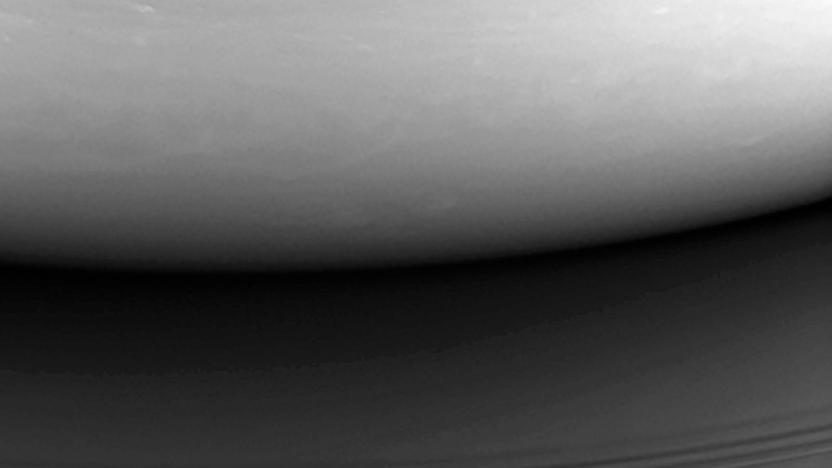
Cassini mission ends with final plunge into Saturn
At around 7:31 AM eastern time, the Cassini-Huygens spacecraft disintegrated and plunged into Saturn, becoming the only man-made object ever to touch our solar system's second largest planet. "The signal from the spacecraft is gone and within the next 45 seconds, so will be the spacecraft," said NASA JPL Cassini program manager Earl Maize. "This has been an incredible mission, an incredible spacecraft, and you're all an incredible team."

Follow Cassini’s final moments before it plunges into Saturn
For the last thirteen years, Cassini has been orbiting Saturn, sending back extraordinary images and data from the ringed planet and its moons. But now, it's time to say goodbye. Tomorrow, September 15th, the spacecraft will make its final fiery plunge into Saturn's atmosphere.
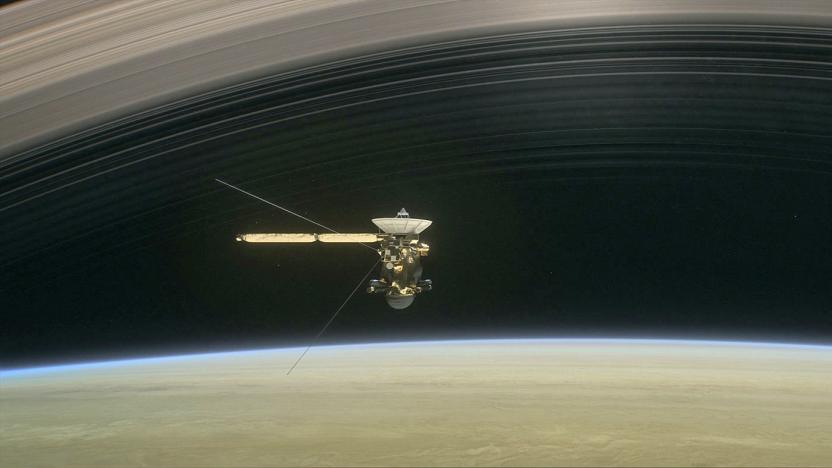
Cassini will take five victory laps before plunging into Saturn
Over the past few months, Cassini took the closest pictures of Saturn's rings we've ever seen that it was pretty easy to forget that the probe was nearing its end. It actually dove in and out of the rings to prepare for its poetic death, and now it's down to its last orbits around the planet. On August 14th, 12:22 AM Eastern, Cassini will begin its final five passes over Saturn, going as close as 1,010 to 1,060 miles above the planet's clouds to observe its auroras and finer features not visible from a higher altitude.
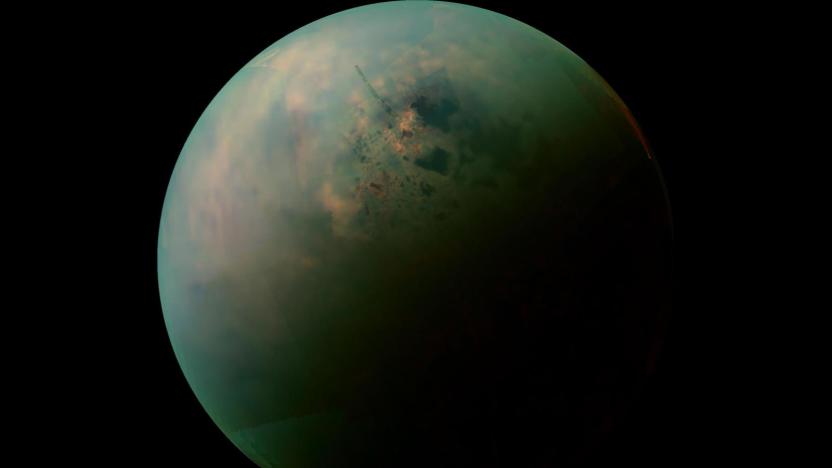
A molecule found on Saturn's moon Titan could foster life
In a new study published today in Science Advances, researchers report that they've found a complex molecule in the atmosphere of Saturn's moon Titan that could lead to the formation of life. Cell membranes are the outer barrier of most cells found on Earth and they, or structures like them, are crucial for life to form. And while Titan is quite different from our planet, it's thought that this molecule -- vinyl cyanide -- is one that could potentially form cell membranes in the Titan environment.
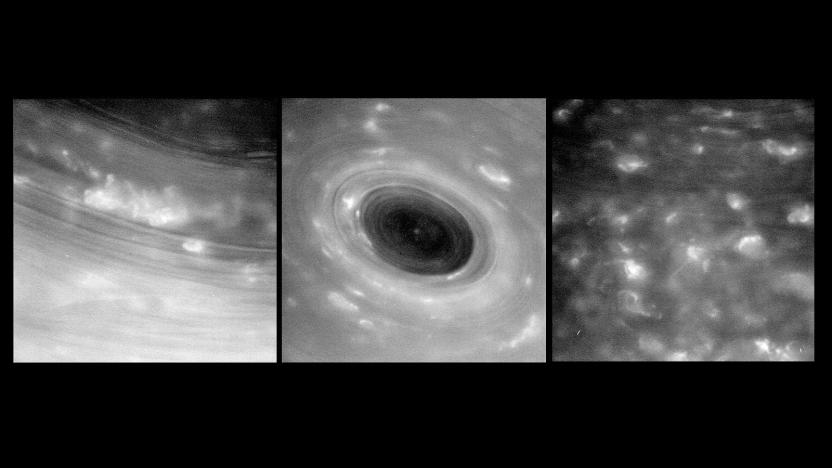
Cassini probe survives first dive between Saturn and its rings
NASA's Cassini probe has emerged unscathed after its first dive between Saturn and its rings. The spacecraft's ground team had to spend 20 hours wondering whether the probe was doing well or whether it plunged to its death a few months too early. Thankfully, it got back in contact with NASA at 2:56AM EDT today, April 27th. By 3:01 AM, it started beaming back precious data about the planet's atmosphere, including the unprocessed images of Saturn's features above.

Saturn and Jupiter's moon burps bode well for distant life
Scientists recently took a closer look at data over a decade old and concluded that two moons orbiting Saturn and Jupiter might have environments that foster life. During an October 2015 flyby of the ringed planet's moon Enceladus, the probe Cassini was hit by gaseous plume, which was likely a hydrothermal vent breaking through the iced surface. Scientists theorize that the spray is evidence of chemical energy for life to feed on. Thanks to sporadic evidence of plumes on Jupiter's moon Europa, NASA has announced that two locations in the solar system might support living organisms.
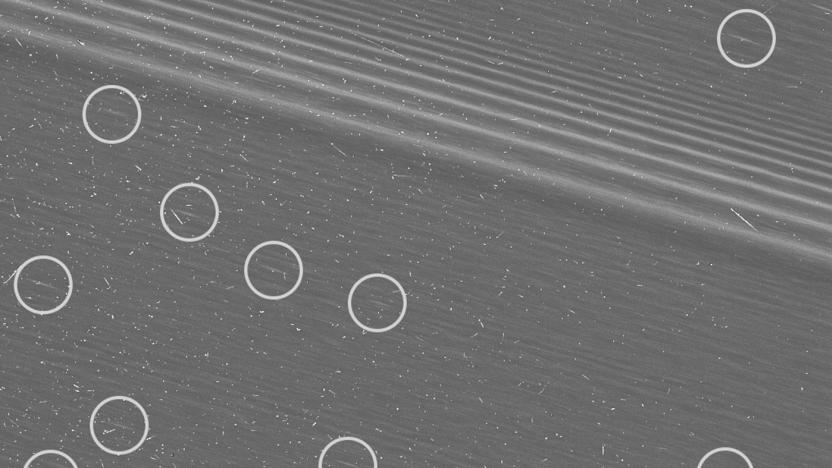
Cassini captures close-up views of Saturn's rings
NASA has released high-resolution close-up images of Saturn's outermost rings captured by Cassini as part of its penultimate mission. The spacecraft has been diving in and out of the rings every week since November, taking images that show features as small as 550 meters or around the same size the world's tallest buildings. That might not sound small from our perspective, but don't forget Cassini is taking photos of another planet. In the image above, the encircled parts show features called "propellers," which are bright disturbances caused by the gravity of moonlets embedded in the ring.
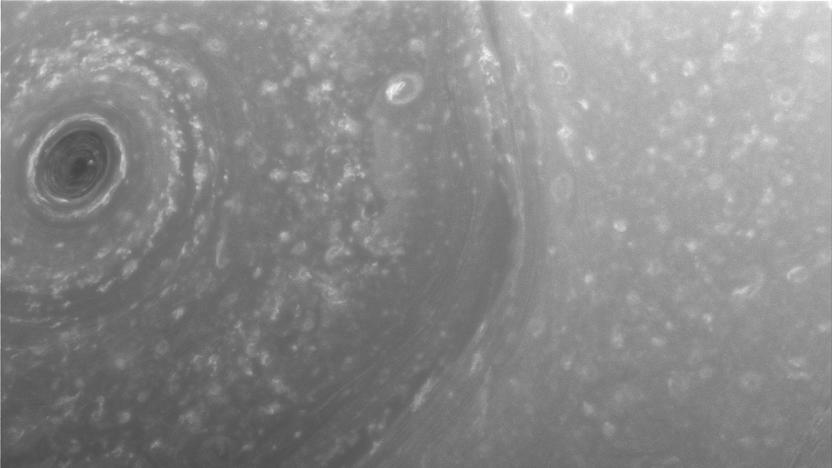
NASA's Cassini spacecraft sent photos of Saturn's north pole
As Cassini winds down its 20-year mission to Saturn, the spacecraft will maneuver into a series of weeklong orbits, allowing it to get a closer look at the planet's famous rings as it flies by. Although there are still a few days before Cassini grazes Saturn's rings, its cameras have already sent back some initial shots of some interesting features near the planet's northern hemisphere.

It's the beginning of the end for NASA's Cassini spacecraft
Cassini is officially, irrevocably in its final year of existence. The NASA spacecraft has been capturing lovely images and collecting samples of Saturn and its orbiting objects since 2004, but today Cassini enters the final phase of its mission. Between November 30th and April 22nd, Cassini will circle Saturn's poles, diving between its outermost rings once every seven days, a total of 20 times (as shown above). Its final mission is also a first -- Cassini will observe unexplored areas of Saturn's rings, including the collection of small moons orbiting near their outer edges.





